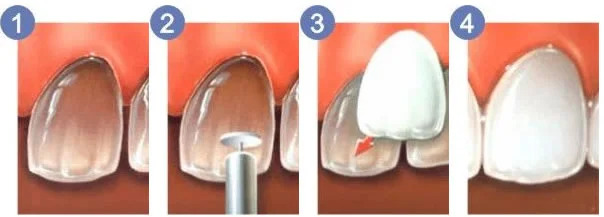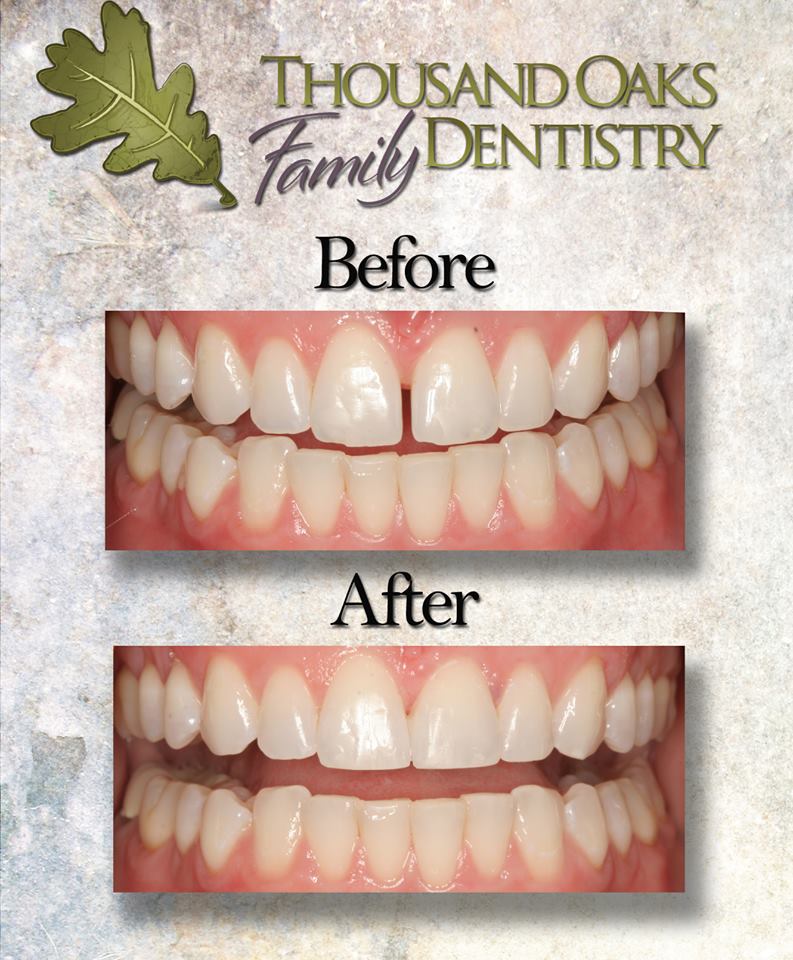Today's patient came to us with a chipped maxillary central incisor that did not extend to the tooth's nerve. They had no symptoms of pain and simply wanted the tooth fixed. This is a very typical dental injury- particularly with young children and patients who play contact sports. The maxillary incisors are the most commonly chipped teeth due to their vulnerable position in the mouth and thin enamel edge.
After discussing treatment options, we decided to solve the cosmetic concern with composite bonding. Here, filling material is added to the tooth using a special adhesive and bonding technique. Once the restoration was cured to the tooth, Dr. Kari Ann Hong reshaped it to match the contours and length of the neighboring incisor. Since this material closely matches the optical properties of natural teeth, the effect is a natural and unnoticeable restoration!
It is important to note that not every type of chipped tooth can be fixed with composite bonding. Chips extending to the tooth nerve will need a root canal and crown to treat any residual pain and remove the inflamed tissue. Larger chips will also require veneers to reliably replicate large amounts of tooth structure. Finally, certain types of occlusion (the way the teeth come together when you bite) will limit the amount of repair that can actually be done to the teeth. It is impossible to decide what treatment option is best without a complete examination. For more information on dental bonding, crowns, veneers and other cosmetic treatment, please give our office a call!










